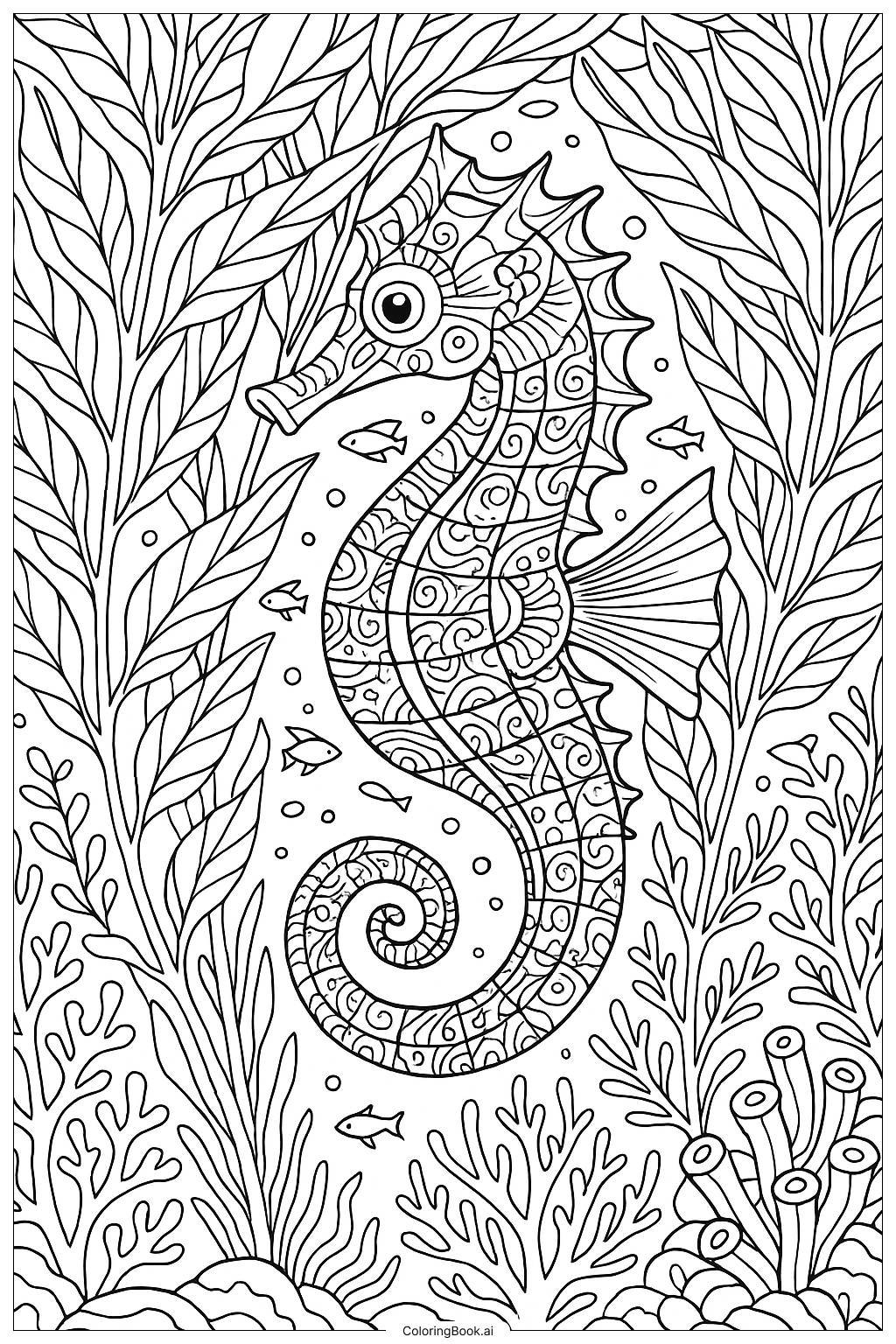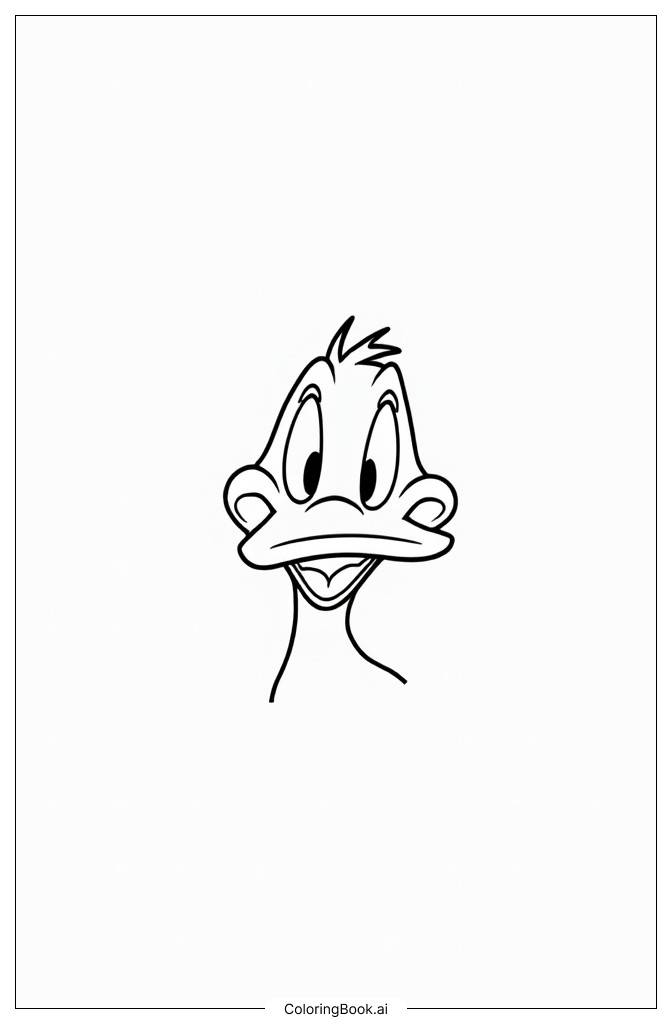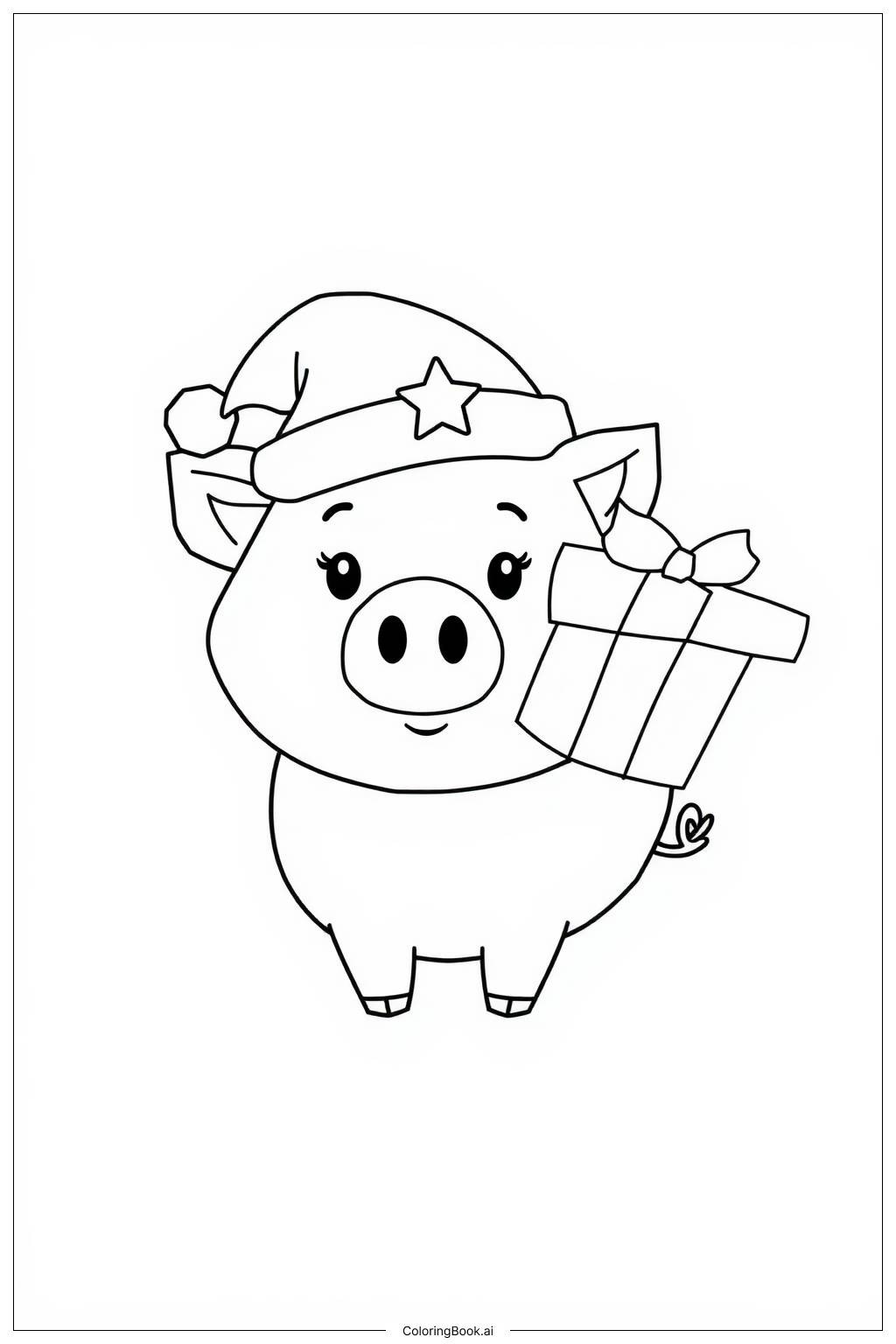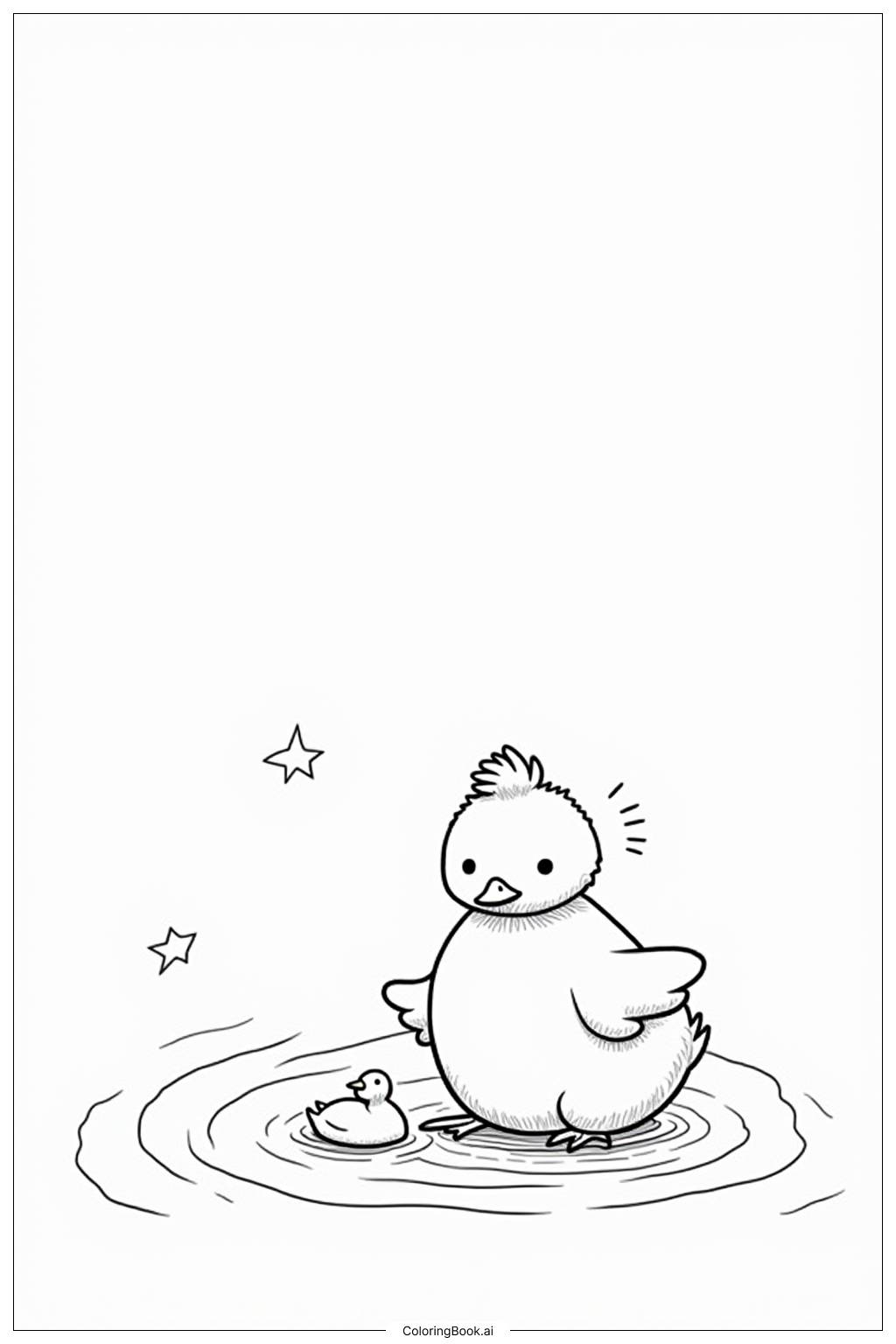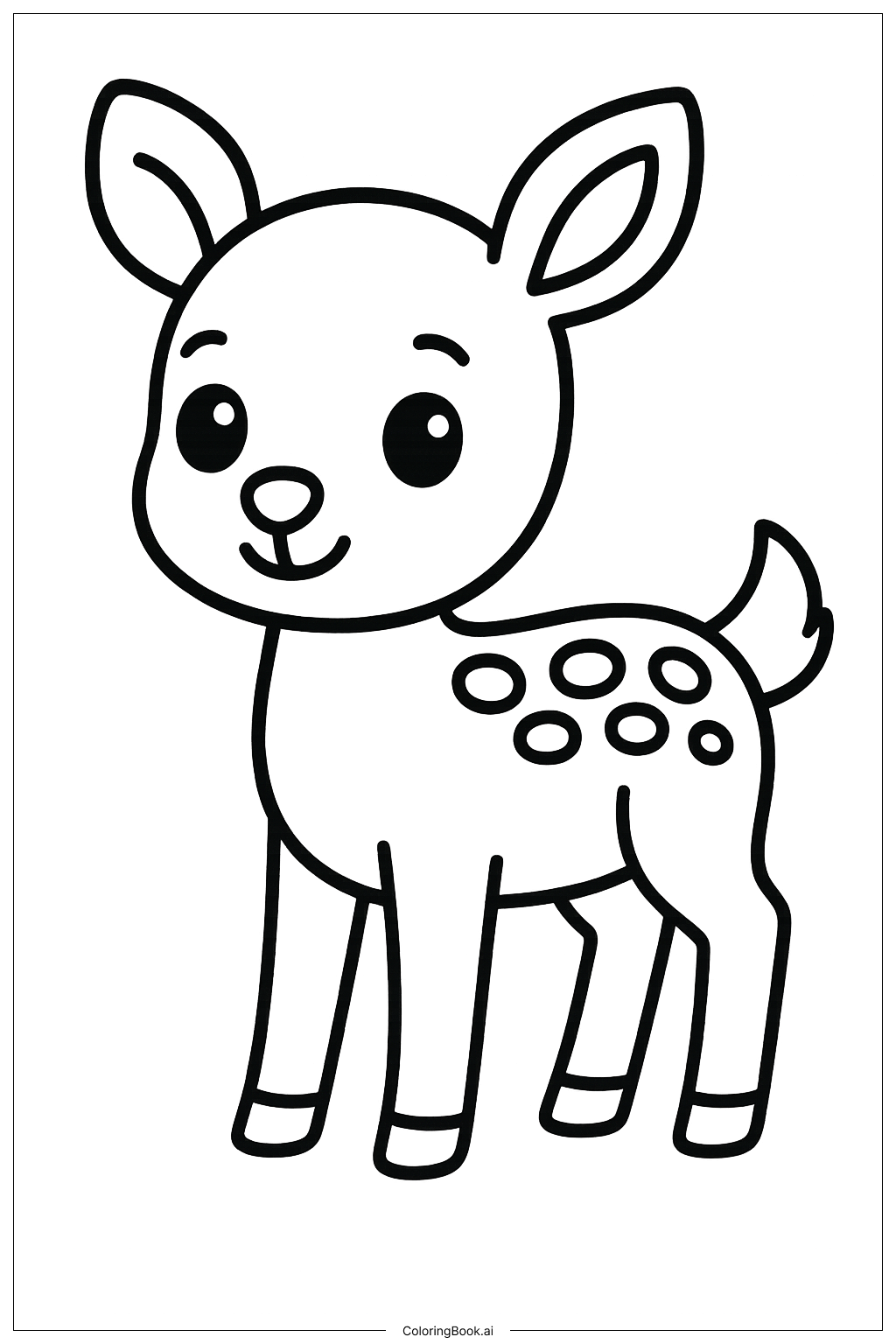Coloring tips: How to color Seahorse In A Dense Kelp Forest coloring page well?
Use different shades of green to color the kelp leaves, from light to dark, to make the forest look deep and natural. For the seahorse, try bright colors like orange, yellow, or red, and use different colors for the many small patterns to make it stand out. Color the small fish with bright colors such as blue, pink, or purple to add variety. Soft blue or turquoise can be used for the water background to create an underwater effect. When coloring the bubbles, use light gray or very light blue to keep them transparent. For the rocks and coral at the bottom, use shades of brown, orange, and red.
Coloring challenges: Which parts are difficult to color and need attention for Seahorse In A Dense Kelp Forest coloring page?
1. The seahorse has many tiny, detailed patterns that need careful coloring, which can be tricky for young children. 2. The kelp forest has many long, thin leaves close together, making it hard to color inside the lines without mixing colors. 3. Choosing different colors for the many small fish while keeping balance in the picture can be challenging. 4. Coloring the bubbles with a light, transparent effect needs a gentle hand to avoid making them look solid. 5. Combining different shades of green and blue to create a natural underwater scene requires attention to detail and patience.
Benefits of coloring books: Advantages of drawing Seahorse In A Dense Kelp Forest coloring page
Coloring this picture helps children improve their focus and hand-eye coordination. The detailed patterns on the seahorse encourage patience and carefulness. Using many colors to fill the seahorse and the underwater plants helps develop creativity and color recognition. Coloring small areas improves fine motor skills. This underwater scene also teaches children about marine life and nature, making coloring both fun and educational.
